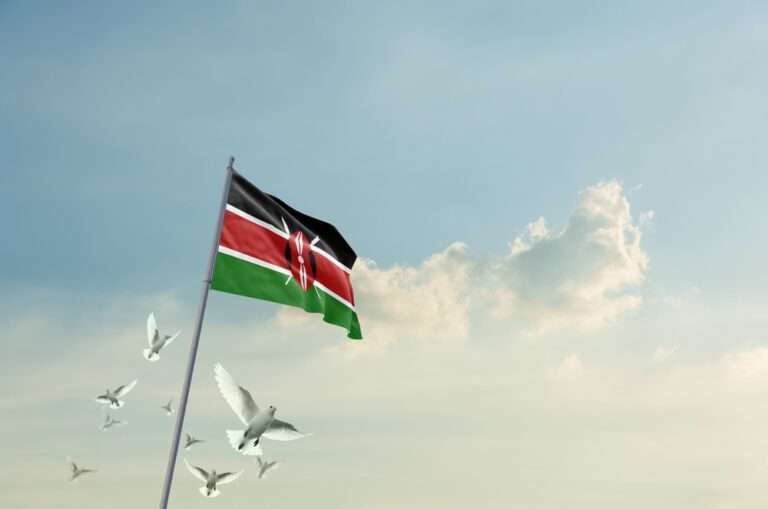
Indian
There’s something about Indian sweets that goes beyond taste. They don’t only fulfill a need; they remind you of past events, celebrate anniversaries, and envelop you in the warm folds of heritage. From a modest temple gift to a grandmother’s painstakingly crafted holiday treat to that first bite of anything sweet after a joyful dinner, Indian sweets—mithai—are closely interwoven into the fabric of daily life.
Sugar, Milk, and Spices
Each region of India boasts its specialty, which is celebrating sugar, milk, and spices. The range is great but exquisitely personal, from the snowy-white sands of coconut in the South to the golden ghee-laden sweets of the North. Everyone has a narrative; they arrive fashioned like diamonds, coiled into pearls, or folded like flowers.
The first encounter with Indian sweets often begins with laddu. Round, rich, and ubiquitous in every sweet shop nationwide, laddus aren’t only holiday food but edible memories. Every area has its unique version: from the boondi laddu of Rajasthan, formed from fried gram flour pearls drenched in sugar syrup, to the coconut laddu of the South, where jaggery cooks with grated coconut into warm, sticky delight. Often, the first item given to you at weddings, religious events, or even when good news breaks is almost like a sweet mark of happiness.
Saffron Scented Syrup
Then there is jalebi, a sweet that dances in loops and spirals, crisped to golden perfection in bubbling oil before soaking in saffron-scented syrup. Its crispness, then the syrupy melt in your mouth, is a near-holy feeling. Waking up on a Sunday morning in a North Indian town usually means a breakfast of hot jalebis and samosas—a rite as crucial as any prayer.
Another beloved treat that transcends borders within India is rasgulla, the soft, spongy cheese ball soaked in light sugar syrup. This delicacy originated in Bengal and is a source of regional pride rather than just dessert. Its origin has even been the subject of historical controversy between Bengal and Odisha, which only underlines how much these sweets are loved. Equally rich, its cousin ras malai is topped with pistachio slices and served under cardamom and saffron-spiced thickened milk. Your senses catch up with its pure richness, so the sweet begs a moment of silence following the first taste.
Buttery Grains
In the southern parts of India, sweets take on a different character. For example, Mysore Pak is a creamy, fudge-like treat created from gram flour, ghee, and sugar—deceptively simple in components yet profoundly complicated in taste and texture. Bite into a well-made piece, and it crumbles into buttery grains that vanish like magic. Born in royal kitchens, it is a treat that still reflects that majesty.
Halwa, too, is a shape-shifter in the Indian desert landscape. Finished with nuts, the North enjoys its gajar ka halwa—grated carrots slow-cooked with milk, honey, and ghee. Steaming in bowls while chilly air coils around the windows is a winter necessity. Down South, there’s the iruttu kadai halwa of Tamil Nadu, a black, glossy wheat halwa that shines under a streetlight and dissolves like silk. Even in the most remote areas of Kerala, you will discover halwa created from all kinds of fruits, including bananas to pineapples, marketed in thick, jewel-toned slabs.
No mention of Indian sweets can be complete without barfi, the versatile diamond-shaped treat made from condensed milk, often infused with pistachio, almonds, or rose. Often shining on top, the silver foil—Barak—is not just ornamental but also ceremonial. From births to promotions to Diwali dinners, a box of mixed barfis is the default present of choice for many events.
INDIAN VISA FOR TAJIK CITIZENS
What makes Indian sweets special isn’t just the taste—though they are undeniably irresistible—but the feelings behind them. They are meant for sharing, for joy, for consolation. Passed about in steel canisters from neighbor to neighbor, shoved into hands during festivals, and shipped across oceans in tins to loved ones far away, they are.
Conclusion
To taste these sweets is to taste India’s diversity, history, and love language. Every mouthful conveys the narrative of a wedding feast in Kolkata, a temple offering in Madurai, a street-side booth in Varanasi, or a grandmother’s cooking in Punjab. Your first correct plate of Indian mithai will always help you carry part of that narrative with you, regardless of your background.
So if you ever find yourself with the chance to explore Indian sweets — don’t just taste them. Stop. Please inquire as to their origin. Allow the scents and textures to communicate. Sugar in India is sacred, and it is not only sweet.
More articles: India’s Spice Routes: Taste and Travel






